Companion planting is a practice that has been utilized for centuries by gardeners to achieve a more bountiful and healthy harvest. Strategically planting certain plants together can support each other’s growth, deter pests, and improve soil quality.
When it comes to cucumbers, choosing the right companion plants can make a noticeable difference in their overall health and yield. Here, we will discuss everything related to companion planting with cucumbers, including its benefits, essential tips for planting cucumbers, and a list of the top 15 best companion plants for cucumbers.
We will also share some plants to avoid planting with cucumbers and tips on creating your companion planting chart. Lastly, we’ll discuss how companion planting contributes to sustainable agriculture and why it’s crucial for our planet’s future. Let’s dig in!
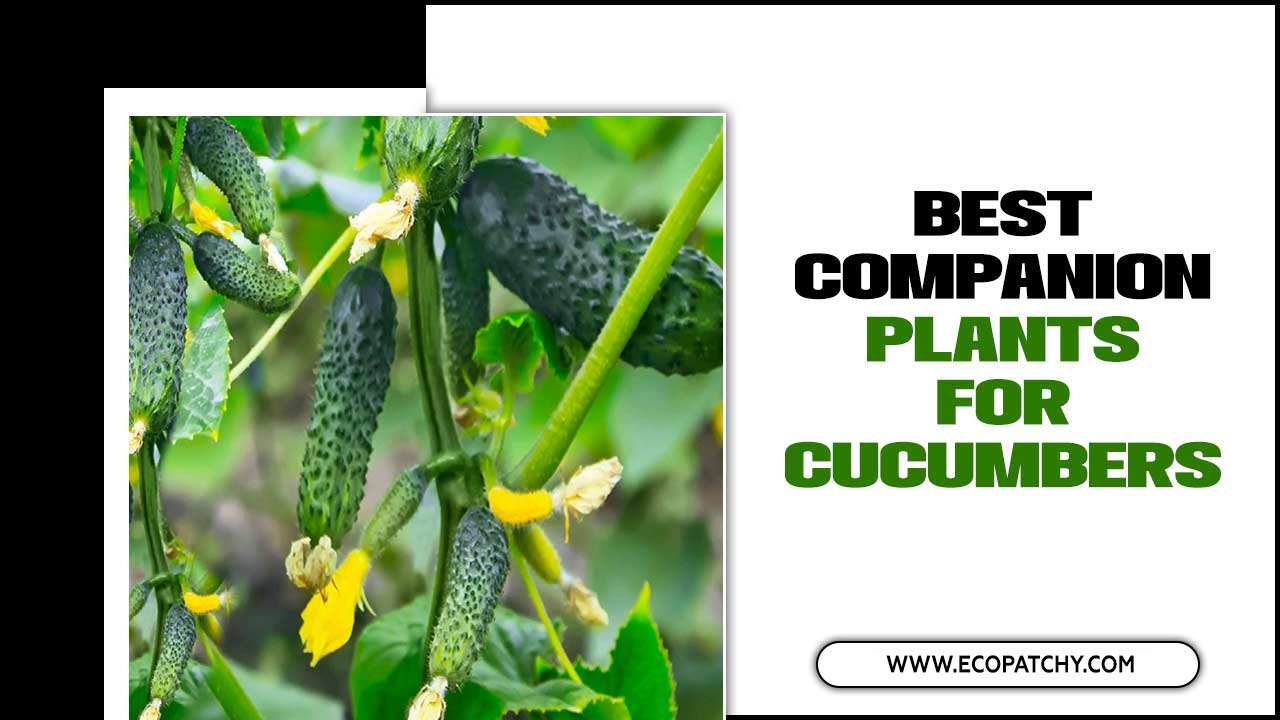
The Concept Of Companion Planting

Companion planting involves growing different plants together to reap mutual benefits. By planting compatible crops alongside cucumbers, you can maximize space in your garden and enhance biodiversity. Certain plants can repel pests or attract beneficial insects, creating a healthier ecosystem for your cucumber crop.
Additionally, companion planting can improve soil fertility and nutrient uptake, ensuring a successful cucumber harvest. It’s a great way to create natural trellises, provide ground cover, and discourage common garden pests.
Key Advantages Of Companion Planting
Companion planting offers numerous benefits for your cucumber crop. By interplanting compatible crops, you can reduce the need for chemical pesticides in your garden and enhance the flavor of your cucumbers while deterring pests. Additionally, planting herbs alongside cucumbers can improve their overall health and yield.
Companion plants also act as living mulch, conserving moisture and suppressing weeds. This symbiotic relationship between crops can result in higher yields and healthier plants, making companion planting a great choice for any garden.
The Role Of Cucumbers In Companion Planting
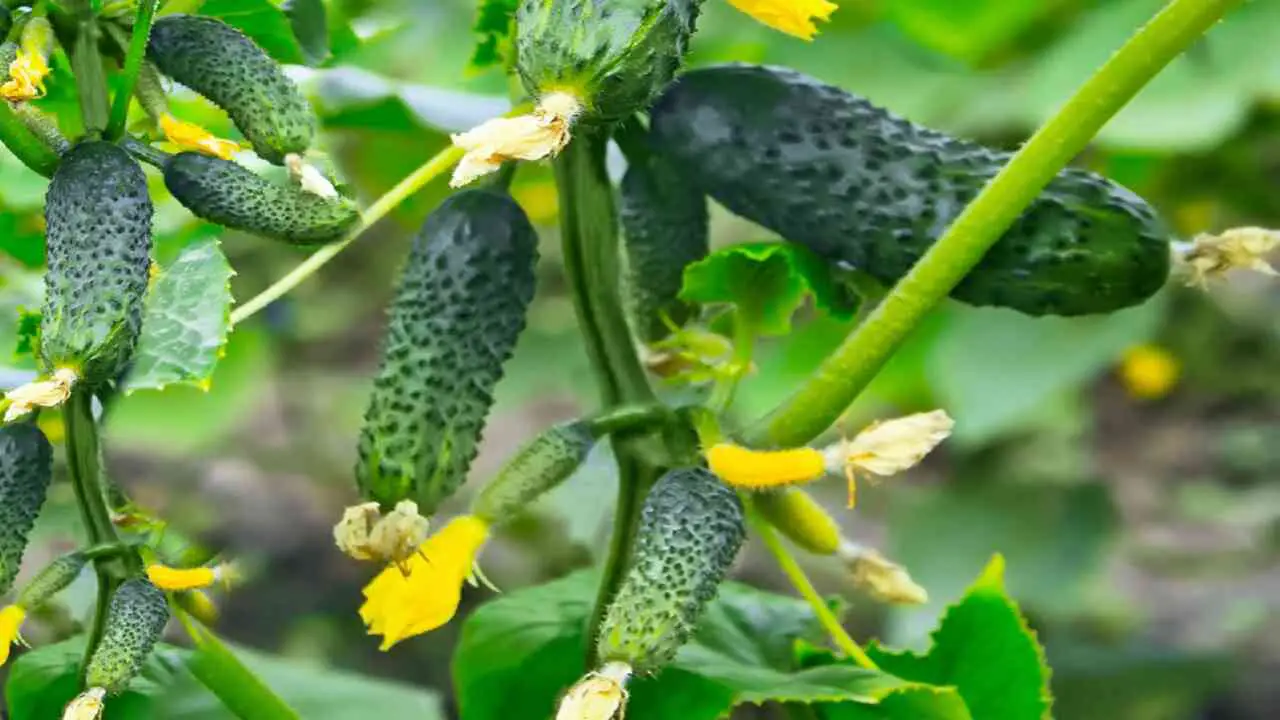
Cucumbers play a vital role in companion planting within vegetable gardens. They offer shade and act as natural trellises for other plants to grow on. Cucumber vines also help suppress weeds, attracting beneficial insects like bees, butterflies, and ladybugs. The overall soil health can be improved by companion planting with cucumbers, creating a symbiotic relationship between crops.
Essential Tips For Planting Cucumbers
When planting cucumbers, there are a few essential tips to remember. One of the most important things to consider is companion planting. Companion plants can benefit each other when grown in close proximity. For cucumbers, some excellent companion plants include:
- Herbs like dill and basil can help repel pests that commonly affect cucumbers.
- Marigolds have natural pest-repellent properties and can attract beneficial insects.
- Beans, peas, and corn can provide shade for the cucumber plants and help improve soil fertility.
You can create a more harmonious and productive garden by strategically planting these companion plants alongside your cucumbers. Just remember to give your cucumber plants enough space to grow and provide them with proper care and maintenance throughout the growing season.
The Top 15 Best Companion Plants For Cucumbers
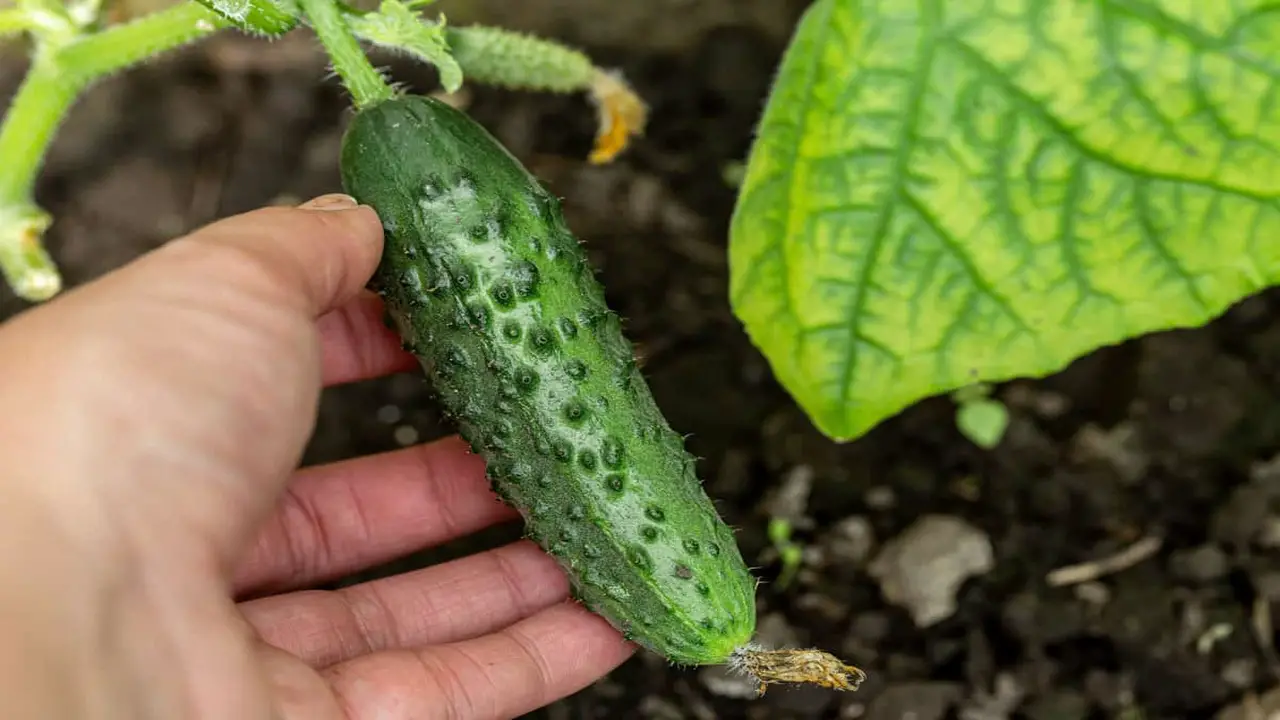
Choosing the right companion plants for growing cucumbers can greatly affect their overall health and productivity. Corn is a good idea as it offers shade during the summer heat. Marigolds repel pests and attract beneficial insects to the cucumber crop.
Radishes, with their beneficial root structure, break up compacted soil. These companion plants can help deter pests, attract beneficial insects, and improve soil fertility, resulting in healthier cucumber plants and a better harvest. Here are the top 15 best companion plants for cucumbers:
1.Beans And Peas: Aiding In Growth
Interplanting cucumbers with beans or peas can be a great way to aid in their growth. Beans and peas are nitrogen-fixing plants that enrich the soil with important nutrients. Their vertical growth habit also provides natural support for the cucumber vines, while their dense foliage offers shade and reduces evaporation around the cucumber plants.
Additionally, beans and peas attract beneficial insects like bees, crucial in pollination. You can create a symbiotic relationship that benefits crops by planting beans and peas alongside cucumbers.
2.Corn: Providing The Needed Shade
Planting corn alongside cucumbers offers natural shade for the cucumber plants. The tall stalks of corn act as living trellises, allowing cucumber vines to climb and grow. Corn also helps deter pests that may target cucumbers and creates a microclimate that reduces water evaporation. Additionally, the root system of corn improves soil structure and nutrient availability, benefiting the cucumber crop. Corn is an excellent choice for companion plants to provide essential shade.
3.Marigolds: Warding Off Pests
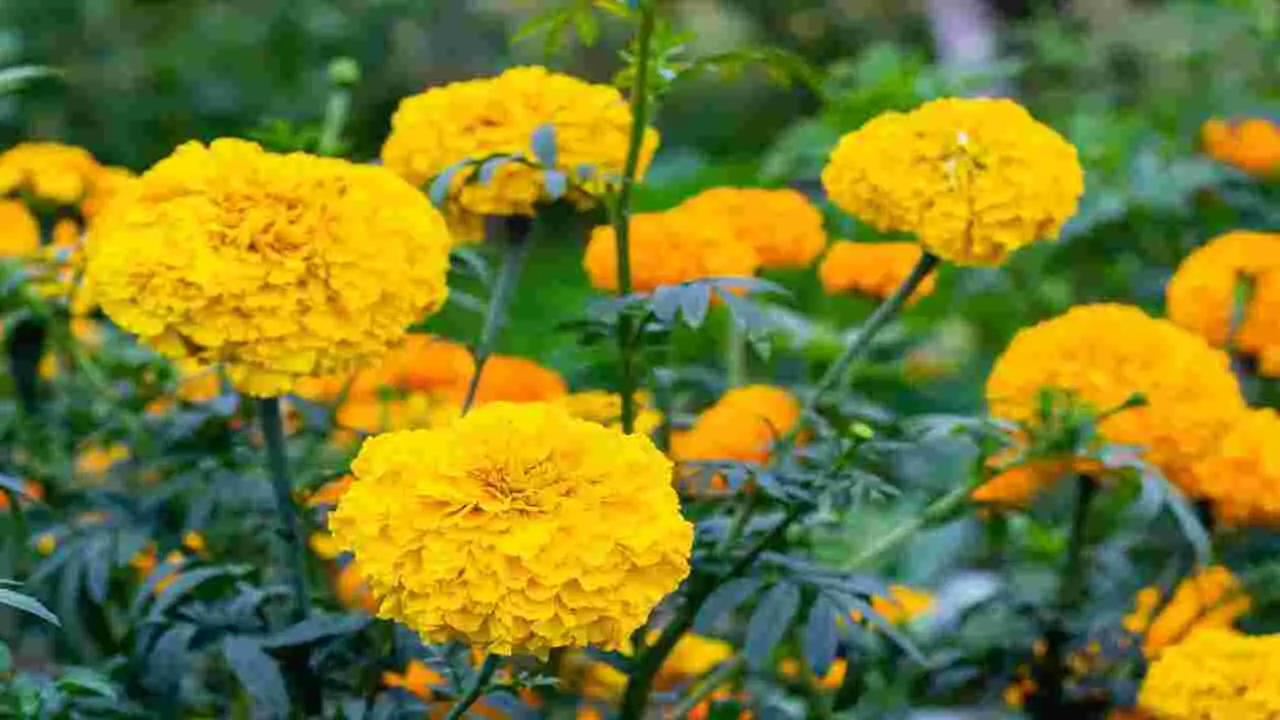
With their strong scent, Marigolds can effectively repel pests like nematodes, aphids, and whiteflies. You can deter cucumber beetles and other harmful insects by planting marigolds near cucumbers.
Additionally, marigolds attract beneficial insects like ladybugs and parasitic wasps, which prey on pests. The vibrant flowers of marigolds not only add a pop of color but visually enhance the cucumber garden. Furthermore, growing marigolds is low-maintenance and requires little effort.
4.Radishes: Beneficial Root Structure
Radishes possess a deep root structure that aids in breaking up compacted soil, enhancing drainage for cucumbers. They also serve as an effective preventative measure against soil erosion. By attracting beneficial predatory insects like ground beetles, radishes contribute to the natural pest control of cucumber plants. Moreover, the rapid growth of radishes provides shade to the soil, reducing weed competition. Harvesting radishes creates additional space for cucumber plants to flourish.
5.Oregano: Enhancing Flavor And Growth
Oregano, a versatile herb, does more than just enhance the flavor of cucumbers. It also promotes their growth and adds a savory touch to cucumber dishes. Furthermore, oregano provides a natural source of nutrients for the plants, contributing to their overall health.
When planted near cucumbers, oregano creates a fragrant environment that benefits the crop and helps ward off pests like spider mites and Japanese beetles. Oregano is undoubtedly a great choice as one of the best companion-plants for cucumbers.
6.Alliums: Deterring Harmful Insects
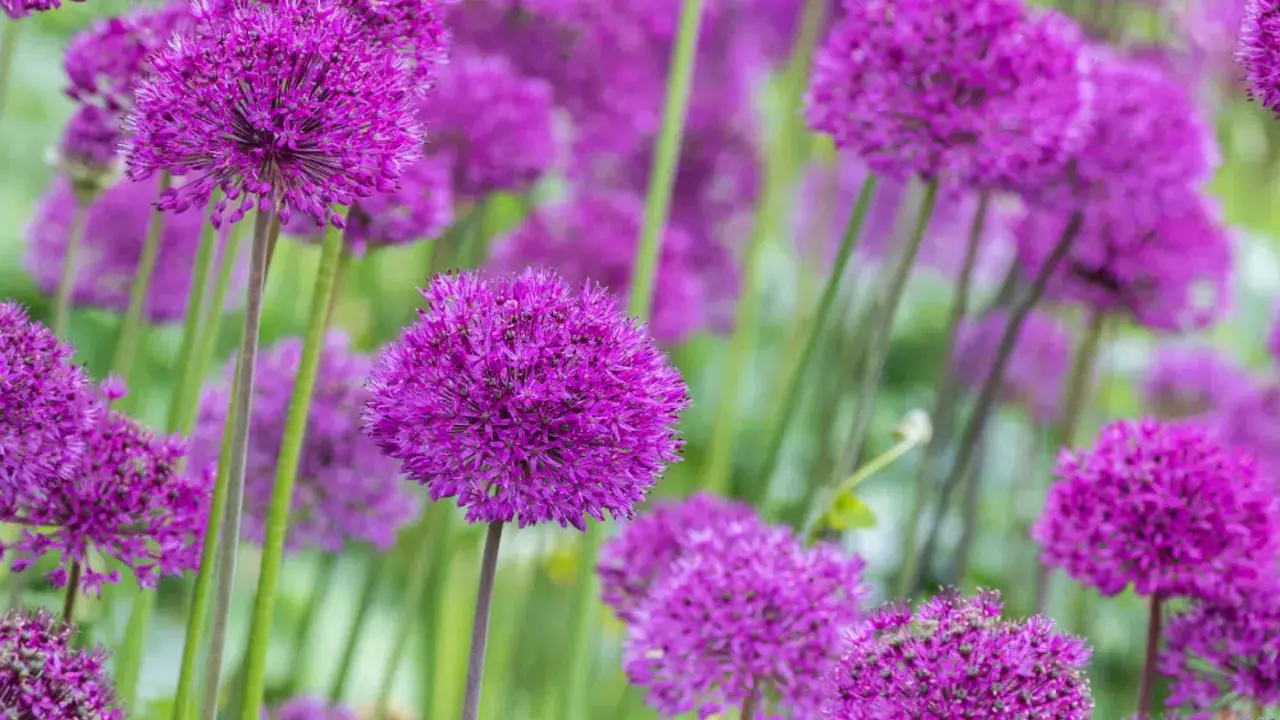
Alliums play a vital role in companion planting for cucumbers by deterring harmful insects. These aromatic plants act as natural pest control, repelling cucumber beetles and squash bugs. Alliums discourage destructive insects from infesting the crop by creating a protective barrier around cucumber vines. Incorporating alliums in your cucumber garden is a smart idea, as their strong aroma helps keep damaging pests at bay, ensuring a healthier cucumber harvest.
7.Beets: Sharing Space Efficiently
Beets and cucumbers are a dynamic duo in the garden, sharing space efficiently and benefiting each other in multiple ways. Then, Beets provide shade and protection to cucumber plants while also acting as a living mulch for cucumber beds.
Additionally, beets enhance soil health by adding important nutrients and organic matter that contribute to the overall growth of the cucumber crop. Beets and cucumbers form a symbiotic relationship that maximizes garden space and yields a bountiful harvest.
8.Borage: Attracting Pollinators
Borage is an excellent companion plant for cucumbers as it attracts pollinators to cucumber flowers, resulting in increased fruit production. Additionally, borage serves as a natural trellis for cucumber vines, saving space in the garden. Its vibrant blue flowers also add a splash of color to the cucumber patch, making it both visually appealing and beneficial for the overall health of the cucumber plants.
9.Nasturtium: Acting As A Trap Crop
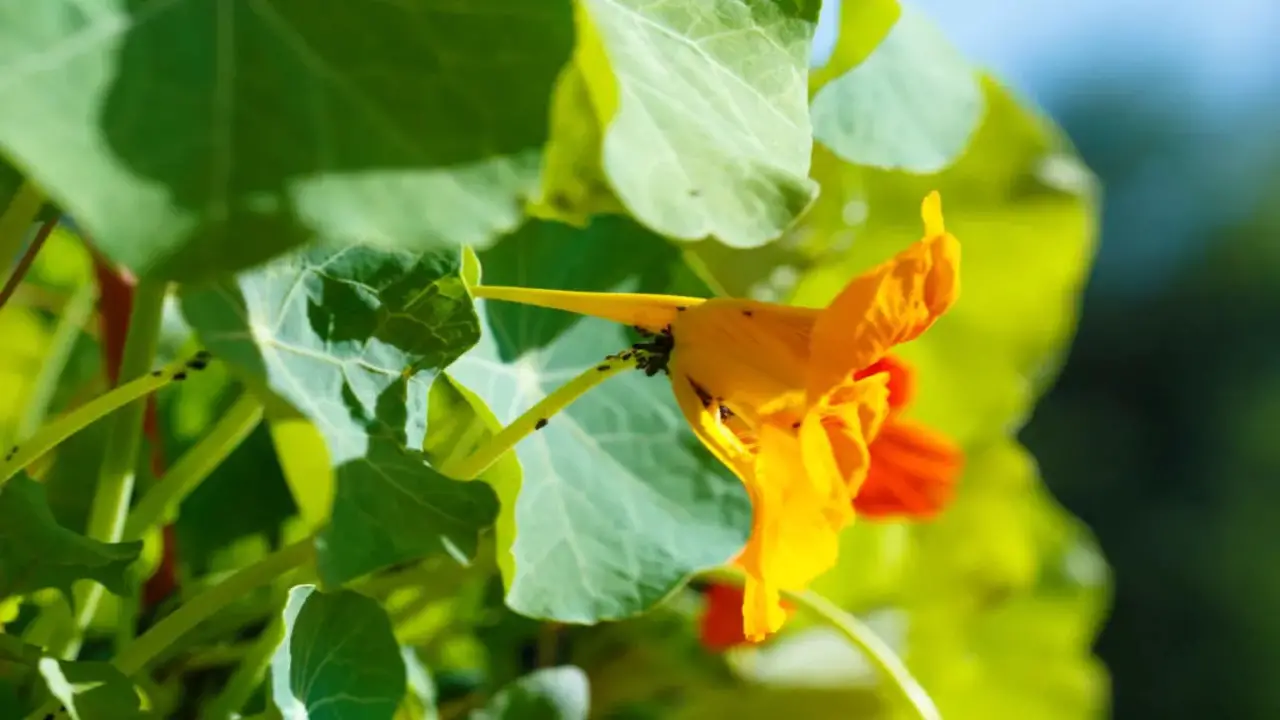
Luring pests away from cucumber plants, the vibrant nasturtium acts as a sacrificial plant for destructive insects. Its presence helps protect cucumbers from damage while adding a colorful touch to the garden.
Furthermore, growing nasturtium encourages a diverse ecosystem, fostering a natural balance and reducing reliance on chemical pesticides. By strategically planting nasturtium alongside cucumbers, gardeners safeguard their crops and promote a healthy and thriving environment.
10.Lettuce: Contributing To Soil Health
Lettuce, one of the best companion plants for cucumbers, is crucial in improving soil health. It offers shade and helps retain moisture for the cucumber plants. Additionally, lettuce acts as a natural mulch, reducing weed growth around the cucumbers. Its presence also enhances nutrient uptake in the cucumber roots, leading to healthier growth. Combining lettuce and cucumbers creates a harmonious garden bed that benefits both plants.
11.Dill: Attracting Beneficial Insects
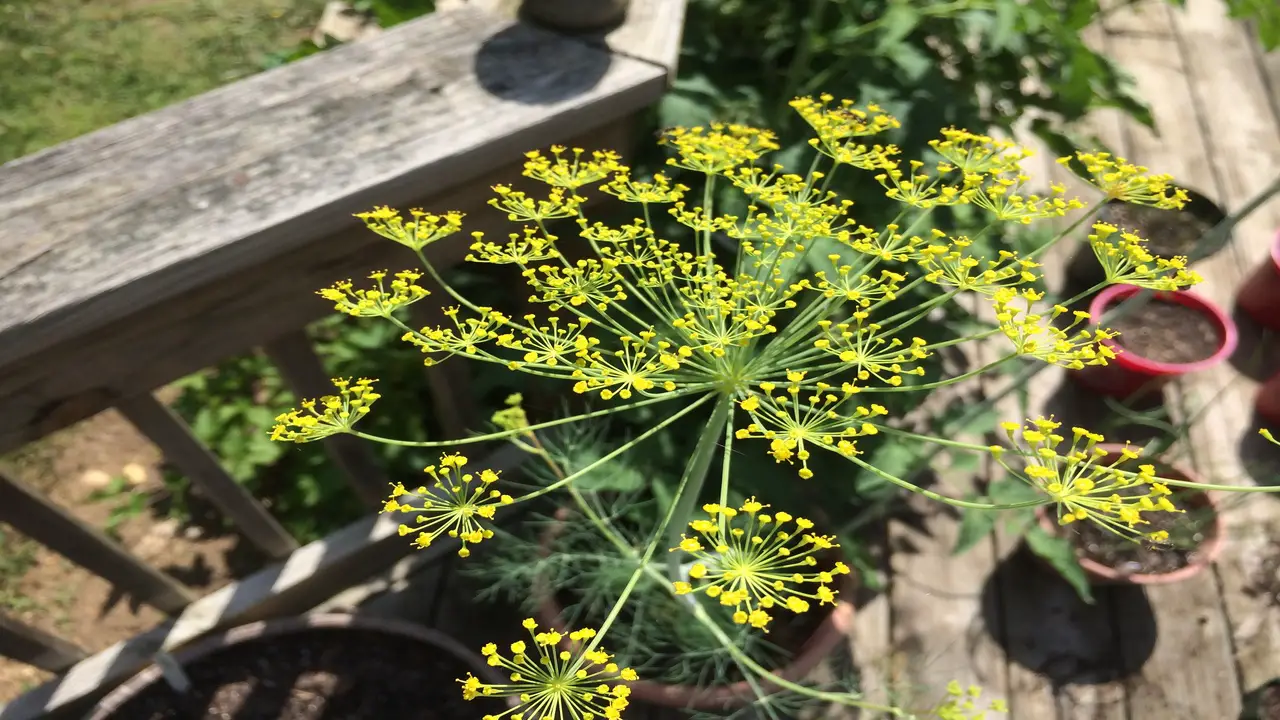
Dill is an excellent addition to the cucumber garden as it attracts beneficial insects, serving as a natural pest control for cucumbers. Its Dill enhances the flavor of cucumbers when pickling, and its tall, feathery foliage adds visual interest to the overall garden. Additionally, dill supports the health of cucumber plants, creating a symbiotic relationship that benefits both crops.
12.Calendula: Deterring Harmful Nematodes
Calendula, known for its vibrant orange and yellow flowers, is a natural deterrent for harmful nematodes in the soil of cucumber beds. By planting calendula alongside cucumbers, you add a splash of color to your garden and improve overall soil health.
The presence of calendula attracts beneficial insects that help control pests, creating a symbiotic relationship between the plants. This makes calendula a great companion for cucumbers, ensuring a healthier and more fruitful cucumber crop.
13.Carrots: Maximizing Use Of Space
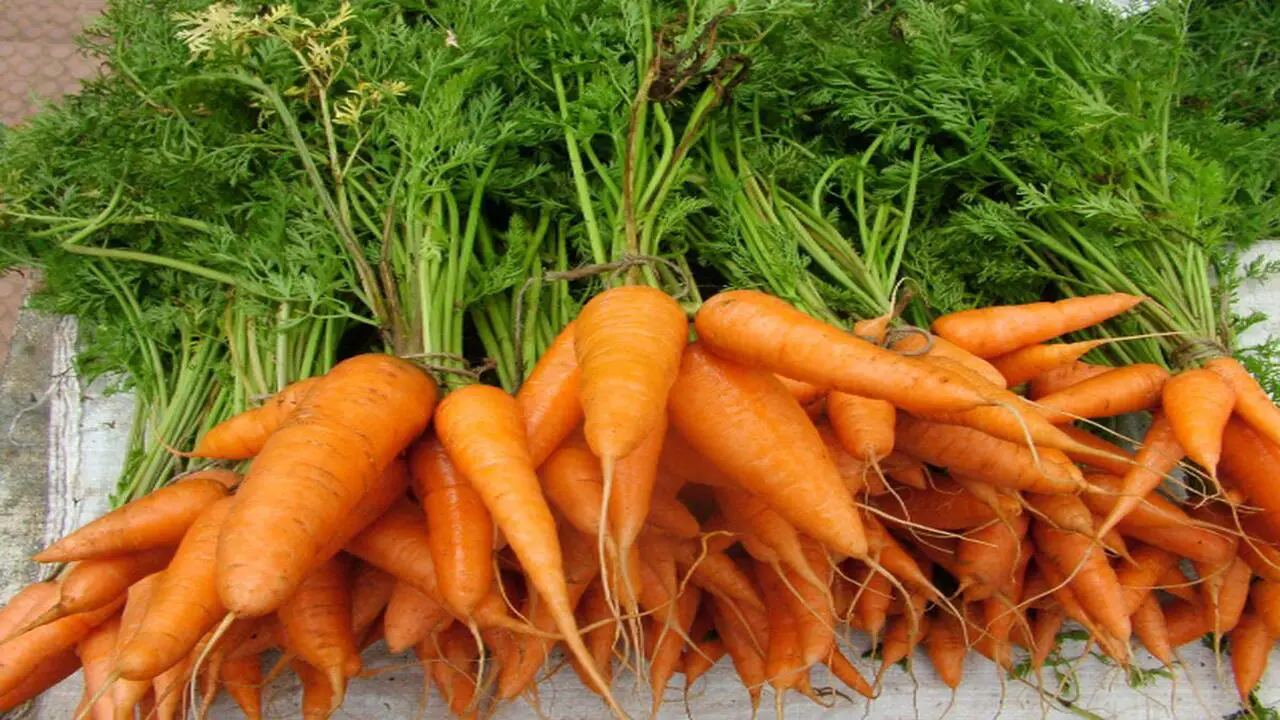
Carrots and cucumbers form a symbiotic relationship in the garden. As root vegetables, carrots efficiently utilize garden space alongside cucumbers, providing natural trellises for the vine to climb. Combining these two crops creates an aesthetically pleasing garden bed with contrasting foliage and colors.
Additionally, carrots and cucumbers share nutrients and water resources, promoting soil health for optimal cucumber growth. This partnership maximizes the use of space while enhancing the overall productivity of the garden.
14.Sweet Alyssum: Luring Pollinators
Sweet Alyssum, with its fragrant touch, is a beneficial companion for cucumbers. This beautiful plant attracts pollinators to the cucumber flowers, increasing fruit set and yield. By supporting a vibrant ecosystem in the garden, Sweet Alyssum contributes to the overall health of the cucumber crop. Including this ground cover plant among your cucumber companion plants is a good idea.
15.Sunflowers: Providing Support And Shade
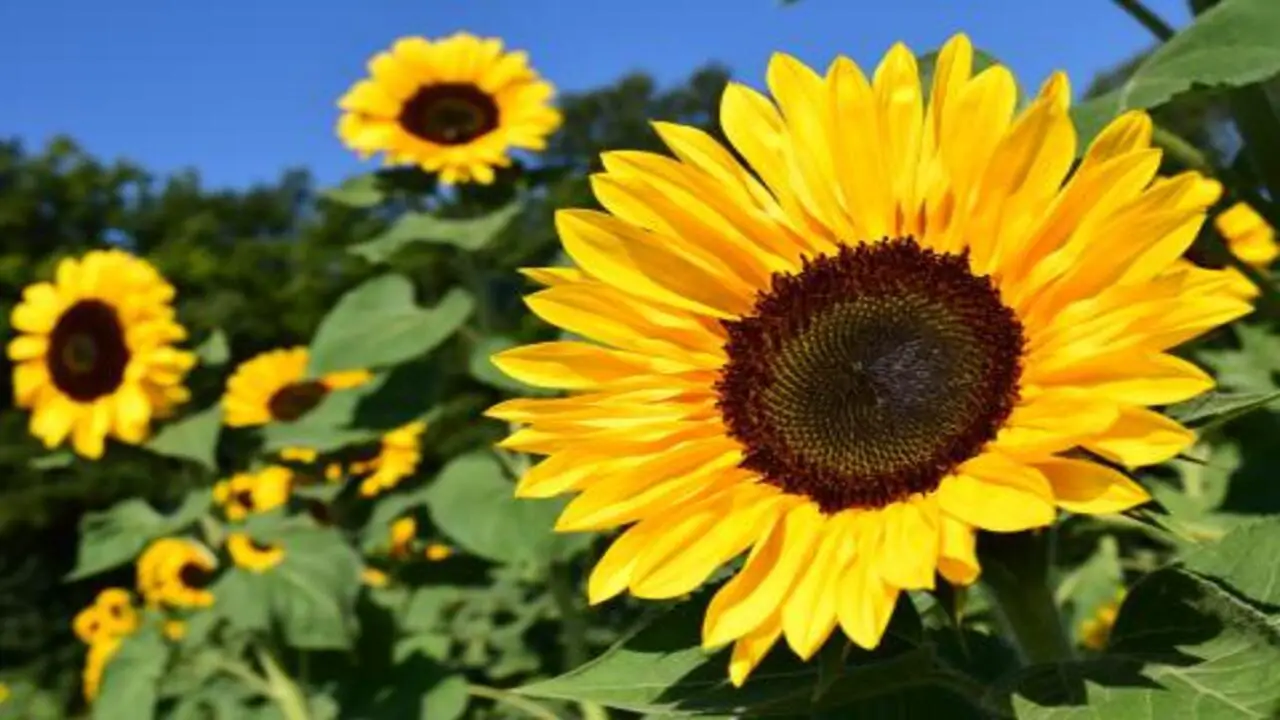
Sunflowers offer natural support for cucumber vines, acting as trellises that allow them to grow vertically. Additionally, the towering stalks of sunflowers create a shaded area, protecting cucumbers from the harsh sun. Sunflowers also attract beneficial insects, which help control pests in the cucumber patch. Furthermore, their vibrant blooms add beauty to the garden while benefiting cucumbers. Sunflowers are indeed a great choice as companion plants for cucumbers.
Plants To Avoid Planting With Cucumbers
When planning your cucumber garden, it’s important to consider the plants that should be avoided. For instance, planting cucumbers near potatoes is not recommended as they are susceptible to the same pests and diseases. Aromatic herbs like sage and rosemary should also be kept away from cucumbers as they may inhibit their growth.
Similarly, it’s best to avoid planting cucumbers near melons or squash to prevent cross-pollination and undesirable hybrids. Additionally, planting cucumbers near tomatoes or lettuce can lead to competition for nutrients and inhibit the growth of these plants. You can ensure a thriving cucumber crop by being mindful of these plant combinations.
How To Create Your Companion Planting Chart?
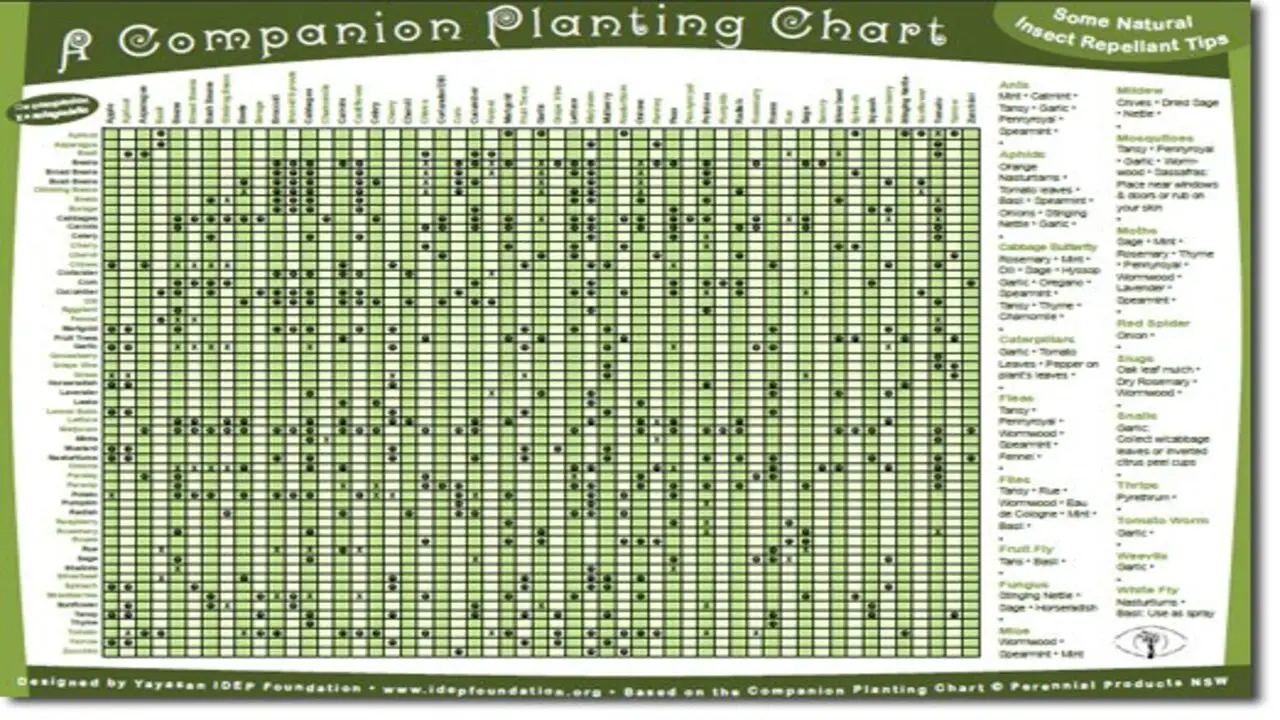
Creating your companion planting chart can be a helpful tool for maximizing the growth and productivity of your cucumber plants. By creating your own companion planting chart for cucumbers, you can optimize their growth and health while benefiting from the mutual advantages of compatible plant combinations. Here are some steps to guide you in creating your chart:
- Research Companion Plants: Start by researching which plants are beneficial companions for cucumbers. Some common companion plants for cucumbers include marigolds, nasturtiums, radishes, and beans. These plants can help repel pests, attract beneficial insects, or provide shade and support.
- Consider Plant Compatibility: Consider the compatibility of the companion plants with cucumbers. Consider factors such as sunlight requirements, water needs, and soil preferences to ensure the companion plants thrive alongside your cucumber
- Determine Spacing Requirements: Look at the spacing requirements of both cucumber plants and their companion plants. Ensure enough space for each plant to grow and develop without overcrowding or shading each other.
- Plan For Succession Planting: Consider incorporating succession planting into your chart. This involves planting different crops at different times to maximize space and harvest throughout the growing season.
- Document Your Findings: Once you have gathered all the necessary information, create a visual chart or spreadsheet to document your findings. Include plant names, planting distances, and specific notes or recommendations.
How Does Companion Planting Contribute To Sustainable Agriculture?
Companion planting is a sustainable agricultural practice that involves planting different crops together to benefit each other. Regarding cucumbers, several companion plants can help improve their growth and overall health. For example, planting radishes alongside cucumbers can help deter pests like cucumber beetles, while marigolds can attract beneficial insects that prey on harmful pests.
Additionally, herbs like dill and basil can enhance the flavor of cucumbers when planted nearby. By practicing companion planting with cucumbers, farmers and gardeners can reduce the need for synthetic pesticides and fertilizers, promote biodiversity, and create a more sustainable growing environment.
Conclusion
Companion planting is a smart and sustainable gardening technique that can greatly benefit your cucumber plants. By strategically planting certain companion plants alongside your cucumbers, you can enhance their growth, deter pests, and improve overall plant health.
The top 15 best companion plants for cucumbers include beans and peas, corn, marigolds, radishes, oregano, alliums, beets, borage, nasturtium, lettuce, dill, calendula, carrots, sweet alyssum, and sunflowers. However, certain plants should be avoided when planting with cucumbers. Creating your own companion planting chart can help you plan your garden effectively.
Frequently Asked Questions
1.What Should You Not Plant Near Cucumbers?
Ans: Avoid planting aromatic herbs like sage, dill, and rosemary near cucumbers, as they can hinder their growth. Additionally, cucumbers should not be planted near potatoes, melons, or squash as they may attract pests and diseases harmful to the cucumber plants. Corn is also not an ideal companion for cucumbers due to competition for soil nutrients.
2.What Is The Best Companion For Cucumbers?
Ans: The ideal companion plants for cucumbers repel pests, fix nitrogen in the soil, or provide shade. Marigolds help deter beetles and nematodes, while radishes enhance soil quality by breaking up compacted soil. Beans and peas are beneficial as they fix nitrogen, aiding cucumber growth.
3.What Should Cucumbers Be Planted With?
Ans: To maximize the growth and taste of cucumbers, it is recommended to plant them with companion plants. Good options include beans, corn, peas, radishes, and sunflowers. These companion plants can repel pests, attract beneficial insects, and improve soil quality. However, avoid planting cucumbers with other plants in the same family to prevent cross-pollination.
4.Can I Plant Marigolds With Cucumbers?
Ans: Marigolds make excellent companions for cucumbers. They naturally repel pests, attract beneficial insects, and improve soil health. Plant them around the perimeter of your cucumber patch for maximum benefits.
5.What Is Good To Plant With Cucumbers?
Ans: Marigolds make great companions for cucumbers, repelling pests and attracting beneficial insects. Radishes deter cucumber beetles and other pests. Nasturtiums not only add color but also repel aphids. Beans, peas, and corn provide shade and support for cucumber vines.








